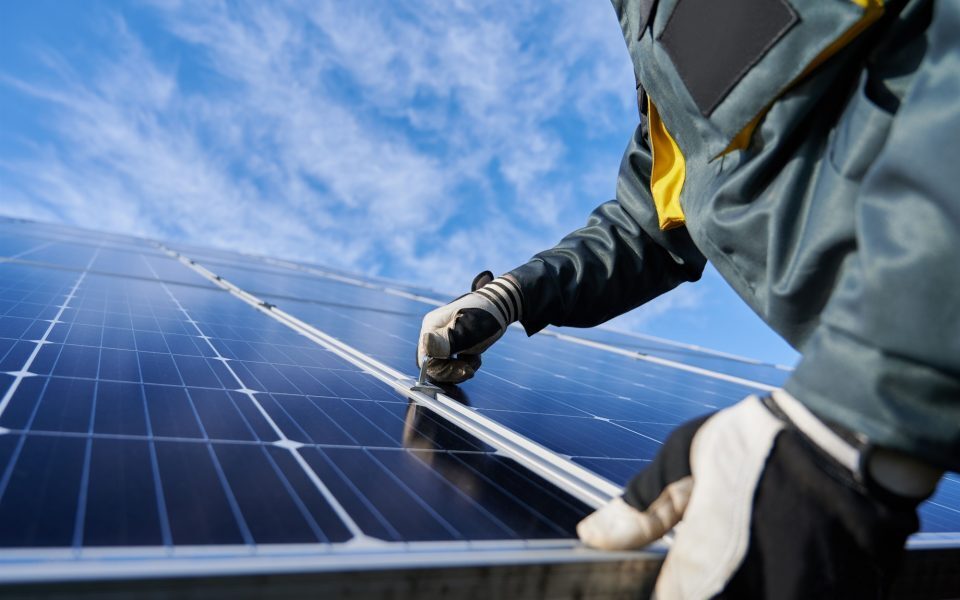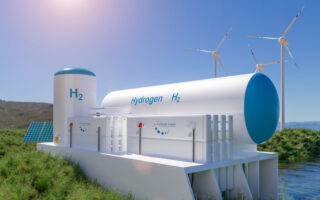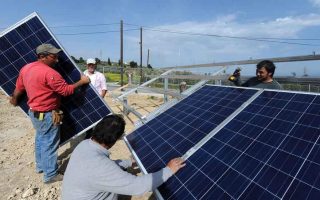Multibillion investments in green economy

The National Energy and Climate Plan anticipates investments in the greening of the electricity, transportation and building sectors totaling roughly 200 billion euros by 2030, creating 38,000 job positions.
Photovoltaics and storage will be the drivers of the green transition in the power industry, while offshore wind farms and new technologies such as hydrogen and renewable fuels will be at the forefront beginning in 2030, contributing to 2050 climate neutrality targets.
The rate of onshore wind development is slowing as the availability of suitable places for such projects and grid saturation are evaluated. Despite a 2-gigawatt increase in installed capacity for electricity generation by 2030, the contribution of gas to the country’s energy balance in the plan is dramatically decreased (approaching 50 percent), while lignite’s participation is reduced to zero.
Interpreting this paradox in relation to natural gas, Minister of Environment and Energy Kostas Skrekas explained during a press conference on Wednesday concerning the revised National Energy and Climate Plan, that on the one hand the production of gas plants will be limited as the capacity of renewable energy facilities increases, and on the other that the new plants, as well as the infrastructure being built for the expansion of the gas network, will be able to operate after 2030 with other sources of energy (hydrogen etc).
The revised planfor the first time introduces in the country’s energy balance the participation of synthetic fuels, with a target of 3.4% in the transport sector in 2030.
It also sets ambitious targets for the energy efficiency of the country’s building stock through energy saving programs and the installation of heat pumps.
For building upgrades alone, investments of 642 million euros per year are foreseen for the period 2021-2025 and 935 million euros per year for the period 2026-2030. Furthermore, the ambitious targets of increasing private vehicle electrification to 20% by 2030 from 3% in 2025 and to 85% by 2050 are worthy of mention. By 2035, 1% of private automobiles will be hydrogen-powered, rising to 13% by 2050.





